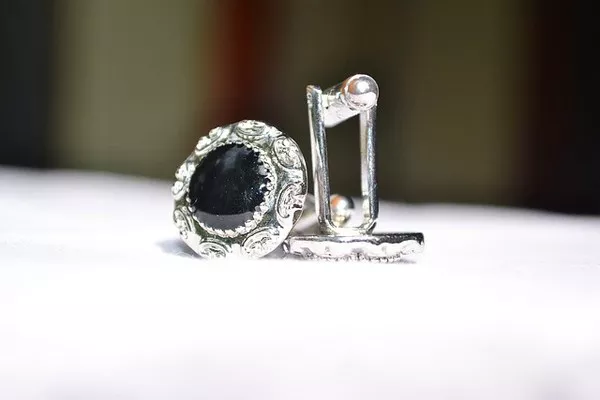The allure of silver has captivated humans for centuries, both for its aesthetic beauty and its value as a precious metal. Whether in the form of exquisite jewelry, intricate tableware, or valuable coins, silver’s enduring appeal makes it a sought-after commodity. However, in an era where counterfeit items are becoming increasingly sophisticated, discerning real silver from its imitations has become a crucial skill. In this comprehensive guide, we will delve into the world of authenticating silver, exploring various methods and techniques that can help you determine if something is real silver.
Understanding Silver
Before embarking on the journey of identifying real silver, it’s essential to understand the metal itself. Silver is a precious metal with remarkable properties, including its high electrical and thermal conductivity, malleability, and lustrous appearance. Pure silver, also known as “fine silver,” is too soft for most practical applications, which is why it is often alloyed with other metals to enhance its durability. Sterling silver, for instance, is an alloy containing 92.5% silver and 7.5% other metals, usually copper. This combination maintains the desirable properties of silver while improving its strength.
Physical Examination
1. Hallmarks and Stamps:
One of the most reliable indicators of real silver is the presence of hallmarks or stamps. These markings, often found on the underside of silver items, signify their authenticity. Look for markings such as “925,” “Sterling,” or “925/1000” to confirm that the item is made of sterling silver. However, note that while most authentic silver items have hallmarks, their absence does not necessarily indicate that the item is fake.
2. Magnet Test:
Unlike other metals, silver is not magnetic. To perform a magnet test, place a small magnet near the item in question. If the item is attracted to the magnet, it is likely not made of genuine silver. Keep in mind that some silver-plated items might not exhibit a strong attraction to a magnet.
3. Weight and Density:
Silver is a dense metal, and genuine silver items will feel heavier than their imitations. Compare the weight of the item with that of a known authentic silver item of similar size. However, this method requires familiarity with the weight of silver, as some skilled counterfeiters can replicate the weight.
Chemical and Visual Tests
1. Nitric Acid Test:
This test is widely used by professionals to determine the authenticity of silver. However, it involves using nitric acid, which is a corrosive substance, so caution is essential. Place a drop of nitric acid on a discreet spot of the item. If the item turns a creamy color, it is likely genuine silver. If it turns green, it might be silver-plated brass. Ensure proper safety measures are in place before attempting this test.
2. Tarnish Test:
Authentic silver tends to tarnish over time due to its reaction with sulfur compounds in the air. If the item you’re examining shows signs of tarnish, it is more likely to be real silver. However, keep in mind that some counterfeiters intentionally apply tarnish to imitate the appearance of aged silver.
Visual Inspection
1. Surface Details:
Examine the surface of the item closely. Authentic silver items often exhibit fine, intricate details due to the metal’s malleability. High-quality craftsmanship and well-defined designs are indicators of authenticity.
2. Patina and Aging:
Silver develops a patina as it ages, which contributes to its unique character. Authentic silver items may show signs of patina in crevices and corners. However, this factor should be considered alongside other tests, as counterfeiters can artificially create patina.
Professional Appraisal
When in doubt about the authenticity of a silver item, seeking the expertise of a professional appraiser is a wise decision. Professional appraisers have the knowledge and tools necessary to accurately determine whether an item is genuine silver or an imitation. They can perform advanced tests, assess the item’s craftsmanship, and provide a definitive verdict.
Conclusion
The world of silver is rich and diverse, offering a wide range of items that hold both aesthetic and intrinsic value. However, the prevalence of counterfeit silver items underscores the importance of being able to differentiate between genuine silver and its imitations. Whether you’re a collector, an investor, or simply an admirer of silver’s beauty, mastering the art of authenticating silver will enable you to make informed decisions and avoid disappointment. By utilizing a combination of physical examination, chemical tests, visual inspection, and professional appraisal, you can confidently navigate the realm of silver with discernment and expertise. Remember, while these methods can be helpful, they are not foolproof, so a cautious and well-informed approach is essential.


